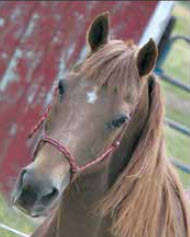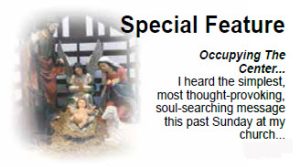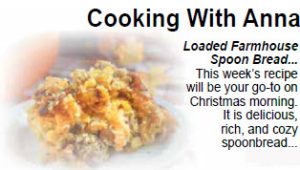 By: Deb Kitchenmaster
By: Deb Kitchenmaster
In the midst of Christmas activities, programs, schedules, practices for plays, shopping, and gift wrapping do you find yourself refreshed or tired? “He gives strength to the weary and increases the power of the weak.” (Isaiah 40:29) We are social beings; some more than others, depending on our personality. As social beings we are drawn to group/fellowship activities to connect with people. In the midst of a group of people, do you feel alone? Are you able to stay authentic as an individual amongst a group of people? Are you open to a good leader in this area of social life? Are you willing to learn from a leader without an agenda? One that forgives but usually doesn’t forget? If this piques your interest, let’s look at nature as our teacher — specifically THE HORSE.
Horses are social by nature and really do express individual preferences. Be careful not to use human motivation to explain the behavior of a horse. Horses have their own reasons for doing the things they do.
Horses in the wild organize themselves into herds. In the herd they understand their place because they have one. When you observe the ‘herd’ mentality one thing is quite clear, you must check your ego at the gate. The challenge we are presented with is how to be confident in our own dreams and talents while remaining responsive to the needs and gifts of others. There is one horse in the herd that proves essential to the others’ sense of well-being, yet appears for the most part that she is doing absolutely nothing. Just by being in the herd, her presence grounds and balances the herd. You don’t notice her much when she’s there, but everyone panics when she’s gone. This horse would be understood as an alpha or lead horse. In a group (herd) of people, we call this individual a leader.
Since communication is the heartbeat to every relationship, how do horses communicate with each other? Four ways: tail, legs, facial expressions, and ears. What does that tell us? When the tail is high, the horse is alert or excited. When the tail is low, it means the horse is exhausted or experiencing fear, pain, or submission. When the tail is high over its back (we see this in foals), they are playful or are very alarmed. If the horse is swishing its tail, it is irritated. Pawing is communicating frustration, one front leg lifted can be a mild threat or a normal stance sometimes when eating, a back leg lifted is often a more defensive threat and stamping (if not getting rid of insects or flies biting their legs) indicates a mild threat or protest. Snapping is when foals are showing submission to an older horse. They will open their mouths and draw back the corners, then open and shut their jaws. Jaws open with teeth exposed shows aggression or possible attack, flared nostrils mean they are excited or alert, showing white around the eyes usually means they are angry or scared (white around the eyes is also a normal trait of the Appaloosa breed), and the flehmen response, where they stick their nose in the air and curl the upper lip over their nose, is caused by an intense or unusual smell. Horses’ ears are a unique source of communicating. Pricked ears held stiff with openings pointed directly forward mean the horse is alert. Airplane ear (ears flopped out laterally with openings facing down) means the horse is tired or depressed; dropped ears means tiredness or pain. Ears that are angled backwards (with openings directed back towards a rider) usually mean attentiveness to the rider or listening to commands, and ears that are pinned flat against the neck means WATCH OUT! — The horse is angry and aggressive.
We have four ways also: our arms, legs, facial expressions, and posture. Don’t lose yourself; we need YOU. When we trade leadership roles in our group (herd) according to who’s calmest, clearest, and most creative in a given situation, the entire community benefits. This is not a job description, it’s an improvisation! (making do, managing, getting by, invention, creativeness, ad-libbing, and lateral thinking).
Wishing ya’ll a MERRY CHRISTMAS.
Your ‘NEIGH’ – bor,
By: Deb Kitchenmaster






